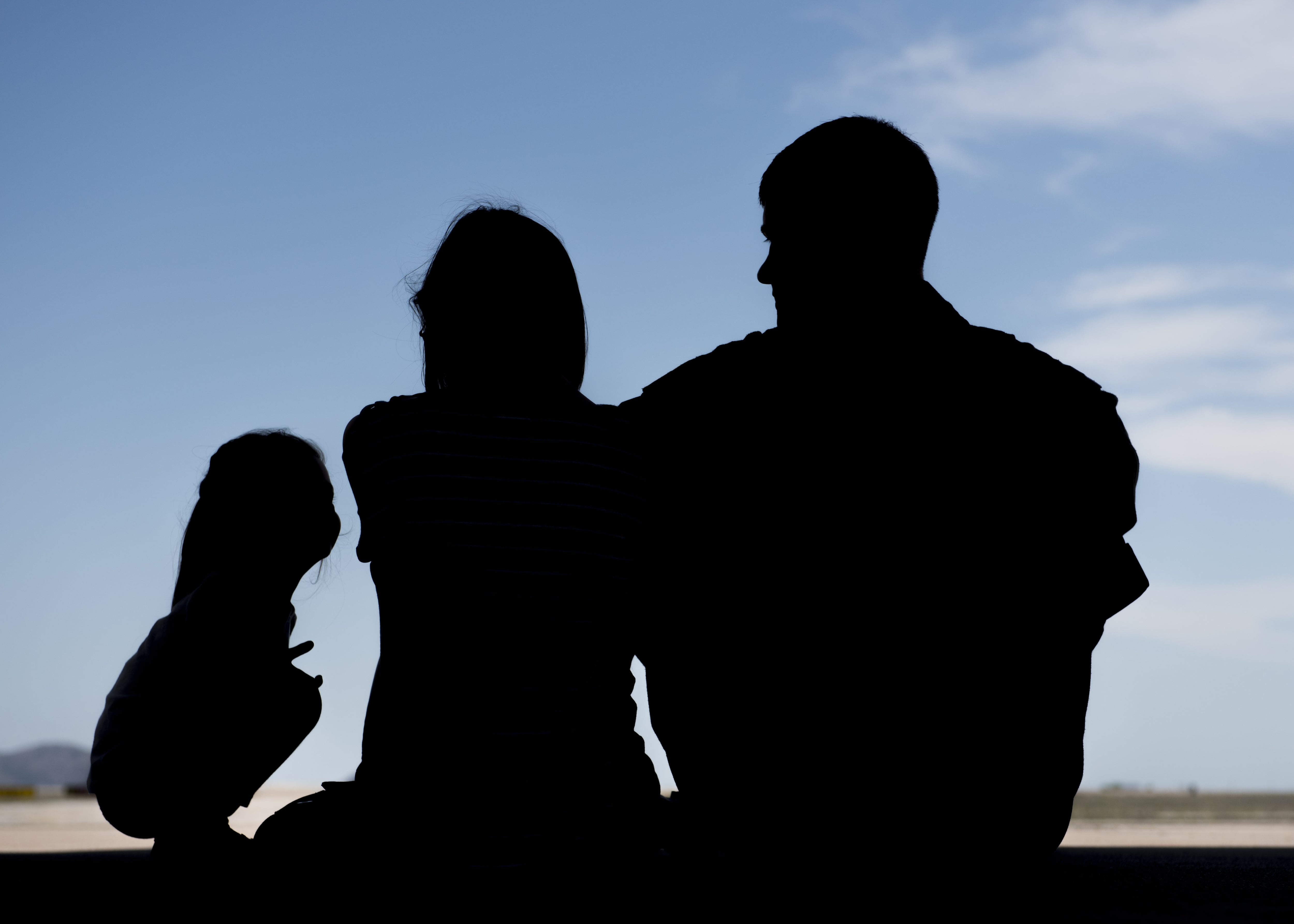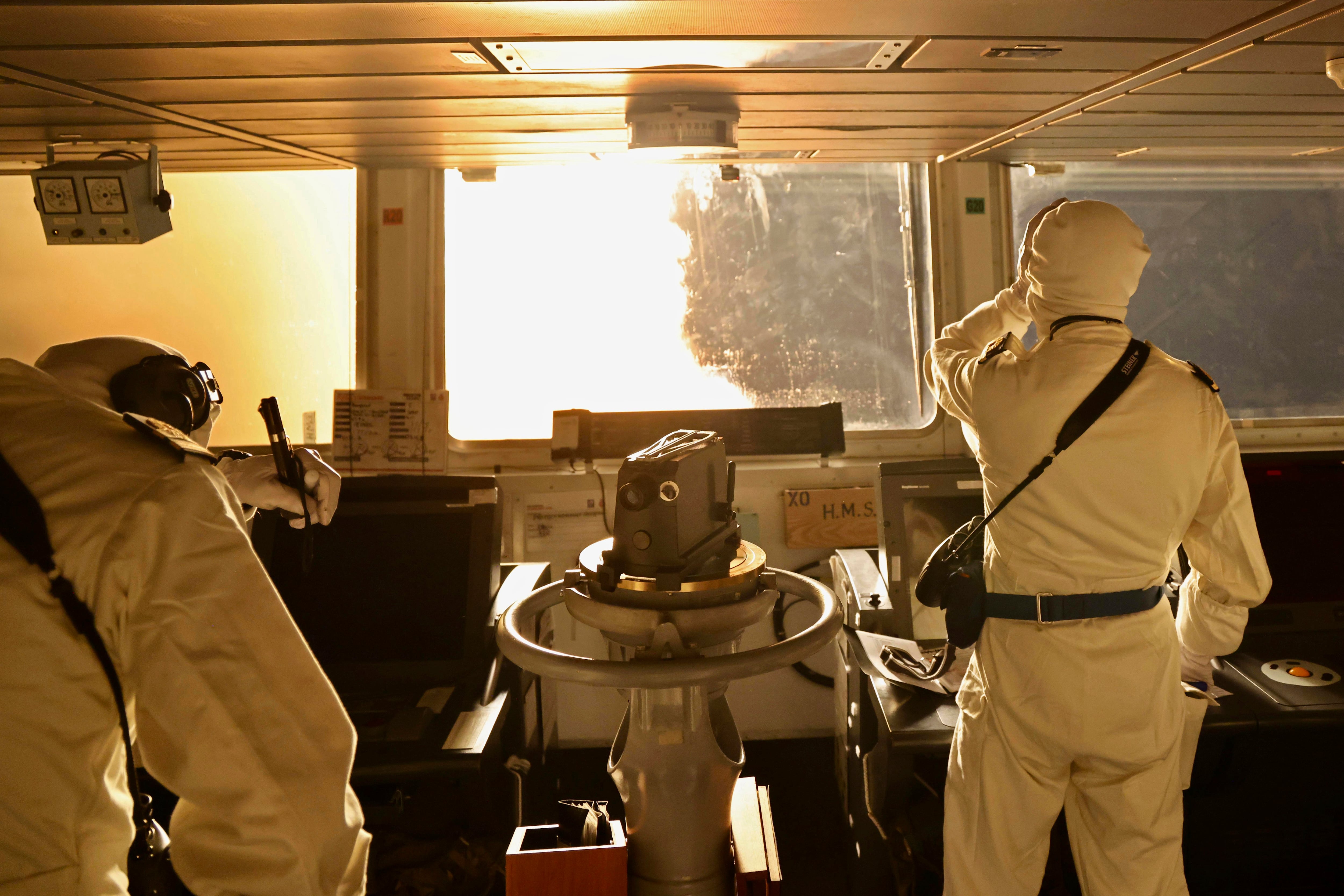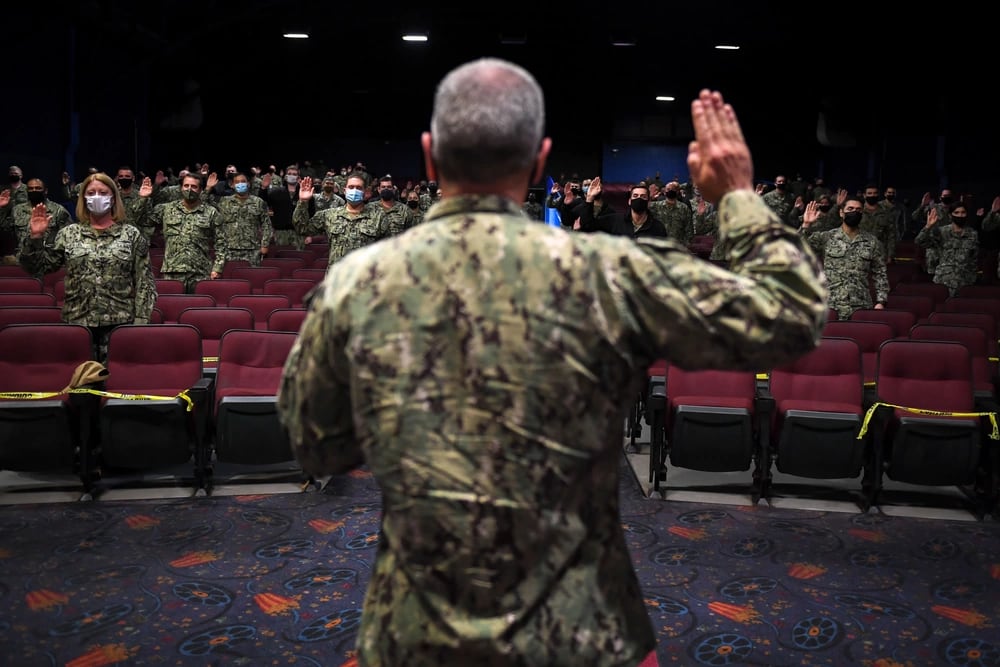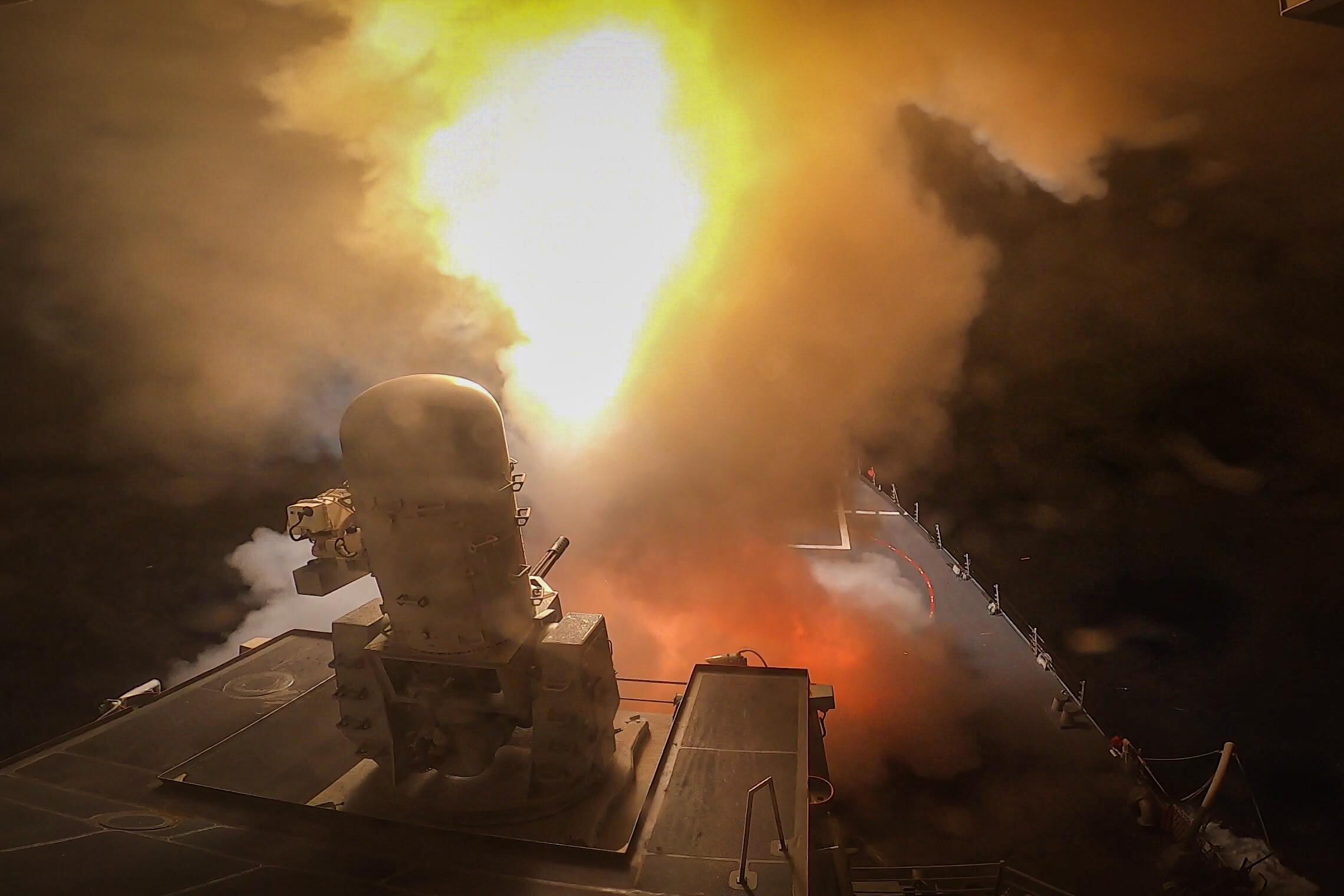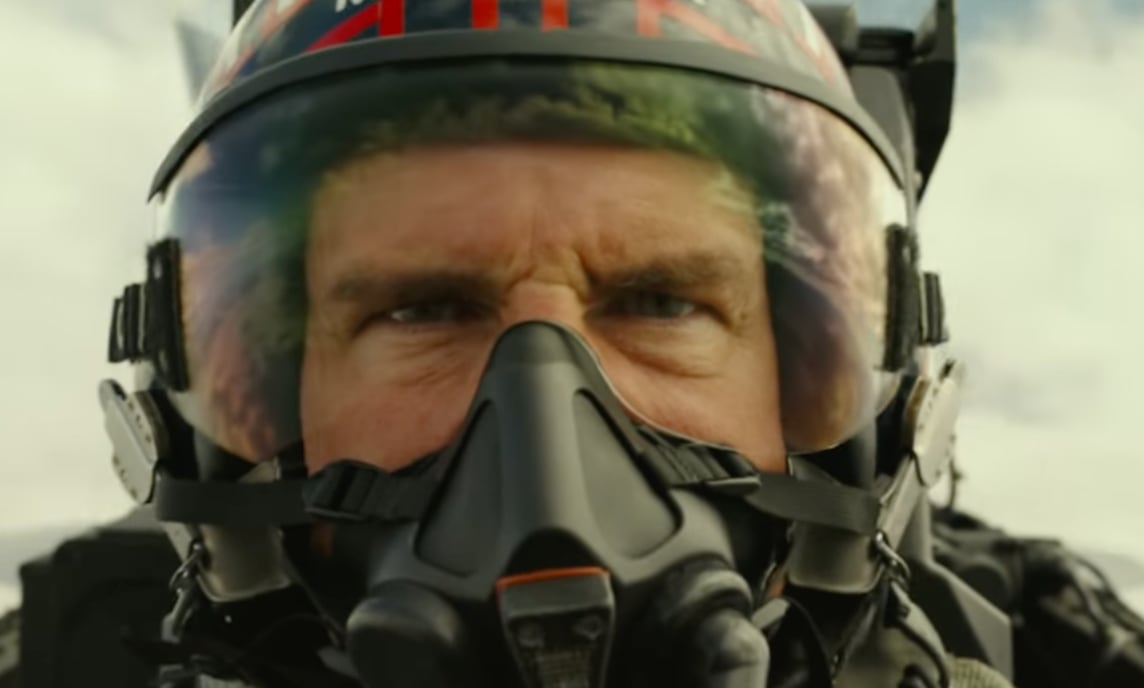NEW LONDON, Conn. — A month on the job, and Ensign Dana Rohde was at the helm of a 225-foot-long, 2,000-ton seagoing buoy tender.
Rohde, 22, of Richmond Hill, Ga., a 2018 Coast Guard Academy graduate, is a deck watch officer aboard the Coast Guard cutter Juniper. Based in Newport, R.I., the cutter was inspecting two buoys in Long Island Sound on Wednesday.
With coaching from Lt. j.g. Austin Fullmer, 27, a 2015 academy graduate and the operations officer aboard the Juniper, Rohde drove the ship up to a 13,100-pound buoy near Bartlett Reef in Waterford, where water is shallow. The current, which was strong at about 2.5 knots — or roughly 3 mph — and wind were going in opposite directions. It was only Rohde's second go at it; she had pulled up to her first buoy a day earlier.
She grew up sailing, so it was "cool to see how the elements affect a much larger boat and try to counteract that with the systems we have on board," she said. She's learning how "touchy" the systems are, "how much you can move a knob or handle to get the reaction that you want," she said.
The Juniper, which has a crew size of about 45, is responsible for 174 aids to navigation from Cape Cod, Mass., to Sandy Hook, N.J., including Long Island Sound and Block Island Sound.
While that is the ship's primary mission, it also is capable of carrying out maritime law enforcement, search and rescue, oil clean-up and recovery, and domestic icebreaking.
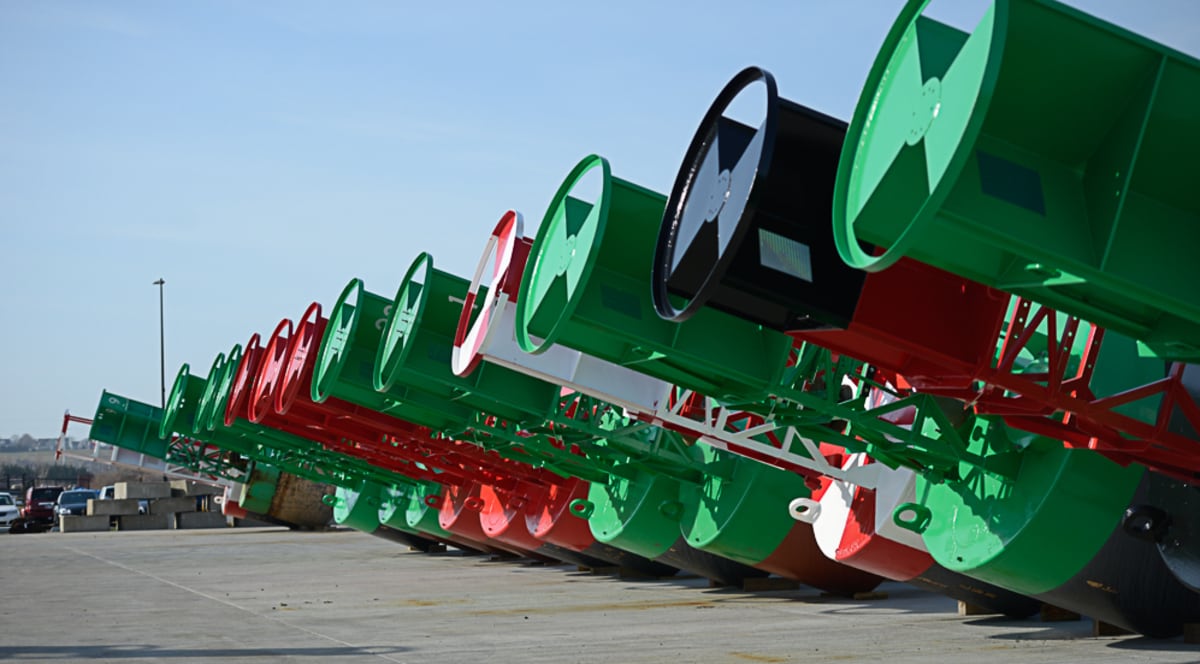
Rohde graduated in May, and she said her four years at the academy helped prepare her for being a junior officer in the Coast Guard. The academy keeps track of the latest technology in the fleet. Simulators help prepare cadets for what they will see out with the fleet, and they learn a lot training aboard operational Coast Guard units during the summers, in addition to classroom learning and gaining expertise in their major, Rohde said.
Becoming comfortable with the way Coast Guardsmen communicate on board, and the jargon they use, was an adjustment. Some of that she learned at the academy, but "until you experience it, you don't feel totally comfortable with it," Rohde said. She's also responsible for communications, the commissary and health services on board, areas that she didn't get specifically trained in at the academy.
"You're working with people who are highly specialized in those areas and you're trying to lead them, but they know way more than you," she said.
Rohde is one of three ensigns on board the Juniper. Much of their first year is spent getting qualified with the ultimate goal of driving the boat themselves.
"They come relatively prepared from the academy. They learn a lot of the lingo, acronyms and how to deal with senior officers, enlisted folks, overall broad leadership experience that benefits them. From day one, when they step on board, they are leaders. They are in charge of people on board," said Lt. Cmdr. Greg Batchelder, 35, of Vernon, the Juniper's commanding officer. "The very technical aspect of being underway, being on a buoy tender, we will teach them."
Ensign Emily Cox, 21, of Topsham, Maine, drove up to her first buoy Wednesday — a 12,800-pound buoy marking the entrance to Fishers Island Sound.
"We were in some narrow channels and close to some very shallow water; you're trying to keep track of where the boat is at all times, and trying to avoid other traffic. That can be difficult but, at the same time, we've got a lot of good coaches on the bridge to help us out."
Cox didn't realize how well the academy had prepared her for her first job until she got on board.
“There’s a lot of unknowns coming into it, but once you get here, it’s like, ‘Oh, I do know how to do that.’ I found that very relieving,” she said.



